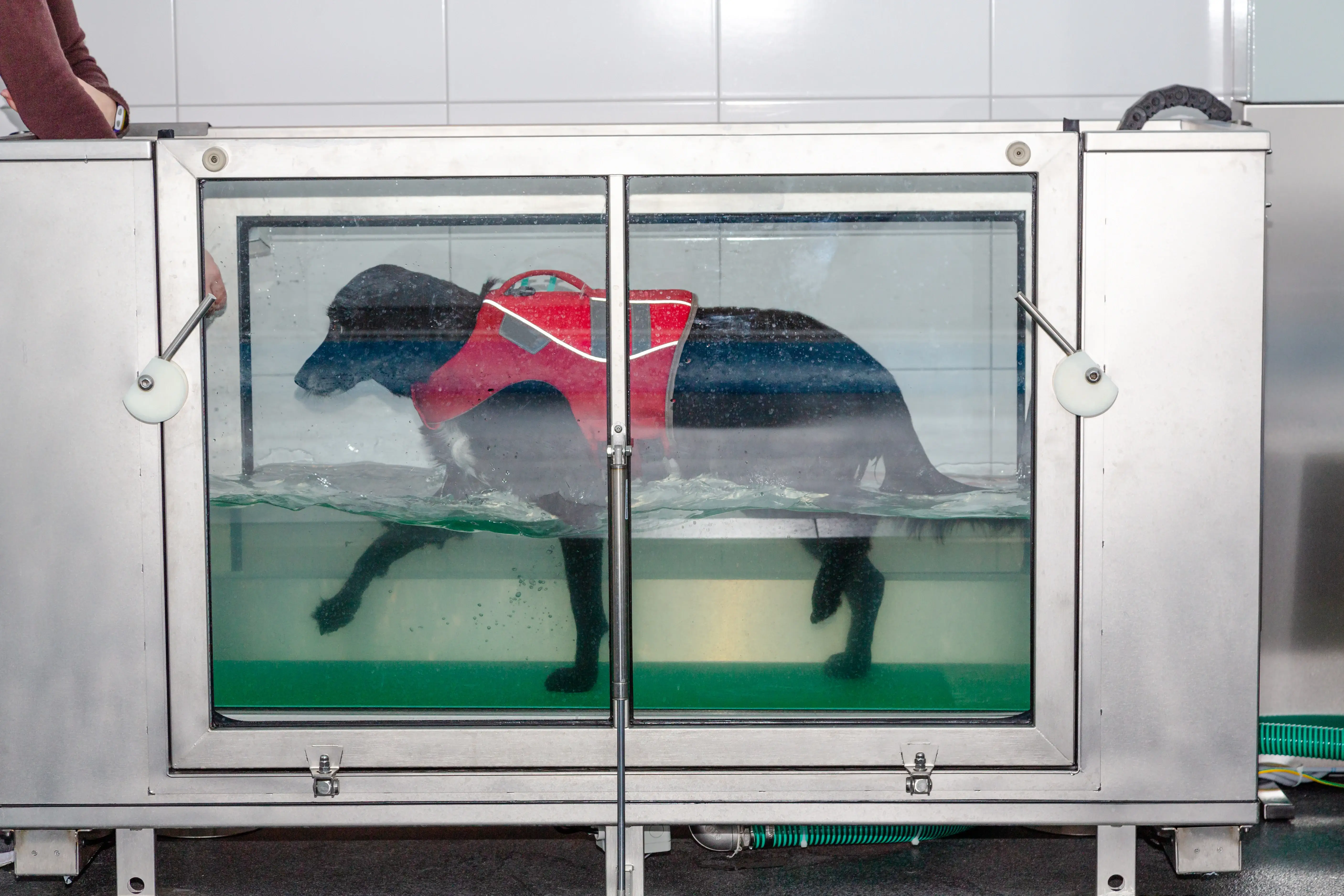Monitoring Changes in Body Temperature Associated with Treadmill Exercise in Dogs by Use of Infrared Methodology
Abstract: The aim of this study was to evaluate the influence of moderate treadmill exercise session on body surface and core temperature in dog measured by means of two infrared instruments. Ten Jack Russell Terrier/Miniature Pinscher mixed-breed dogs were subjected to 15min of walking, 10min of trotting and 10min of gallop.
At every step, body surface temperature (Tsurface) was measured on seven regions (neck, shoulder, ribs, flank, back, internal thigh and eye) using two different methods, a digital infrared camera (ThermaCam P25) and a noncontact infrared thermometer (Infrared Thermometer THM010-VT001). Rectal temperature (Trectal) and blood samples were collected before (T0) and after exercise (T3).
Blood samples were tested for red blood cell (RBC), hemoglobin concentration (Hb) and hematocrit (Hct). A significant effect of exercise in all body surface regions was found, as measured by both infrared methods. The temperature obtained in the eye and the thigh area were higher with respect to the other studied regions throughout the experimental period (P<0.0001). RBC, Hb, Hct and Trectal values were higher at T3 (P<0.05).
Statistically significant higher temperature values measured by infrared thermometer was found in neck, shoulder, ribs, flank, back regions respect to the values obtained by digital infrared camera (P<0.0001). The results obtained in this study showed that both internal and surface temperatures are influenced by physical exercise probably due to muscle activity and changes in blood flow in dogs.
Both infrared instruments used in this study have proven to be useful in detecting surface temperature variations of specific body regions, however factors including type and color of animal hair coat must be taken into account in the interpretation of data obtained by thermography methodology.
Reference: Maria Rizzo, Francesca Arfuso , Daniela Alberghina, Elisabetta Giudice, Matteo Gianesella, Giuseppe Piccione. (2017) J Therm Biol Oct;69:64-68
| Interested in learning more about thermal imaging? Request a demonstration with Digatherm and discover how veterinary thermography can help you find problem areas faster and easily monitor treatment progress. |

